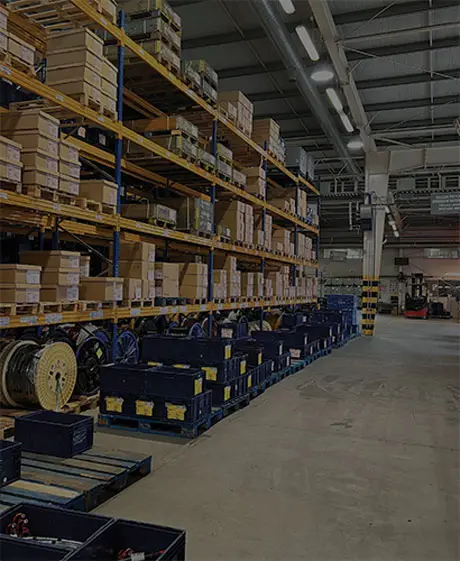Prime Rents Across Europe Remain Robust As Logistics & Industrial Sector Returns To More Balanced Activity
04 october 2023

Contents
The dynamics of the Industrial and Logistics Leasing Market in Europe
• Take-up of European Logistics & Industrial Space slows to 33.3 million sq m in the rolling 12 months to end of Q2 2023
• Locations in UK, Ireland, Czech Republic, Hungary, Poland and Germany record highest levels of growth over the past five years
• Prime logistics rental growth of 13.8% for the year to Q2 2023 sitting well above pre-pandemic five-year average of 2.5%
A closer look at Europe's rental surge
Against a backdrop of high demand and constrained supply, rental levels reached record highs across many European markets. However, new data reveals that in the 12 months to Q2 2023, prime logistics rental growth averaged 13.8% across European markets, compared with 15.2% for the year to Q4 2022.
Nonetheless, the current rental growth of 13.8% sits markedly above the pre-pandemic five-year average rental growth of 2.5% per annum.
Typically, rental growth is seen as the barometer of success for real estate asset owners, while tenants aspire to keep rents low and grow margins. This commercial tension has heightened as tenants battle with upward pressure from rising costs such as fuel, utilities, and labour. However, as inflation levels regulate, we would expect to see further scrutiny of rents – said Tim Crighton, Head of Logistics & Industrial EMEA, Cushman & Wakefield.
Take-up for European logistics and industrial space slowed to 33.3 million sq m in the rolling 12 months to the end of Q2 of this year, down by 27% from 45.9 million sq m for the 12 months to end of Q2 2022. Despite the slowdown in occupier activity, the market is still outperforming the pre-pandemic average annual take-up of 30 million sq m per year.
Looking forward, we have an increasing development pipeline, however in the short term, we would anticipate this to result in an increased vacancy rate. Of course, this will create more choice and competitive pricing for occupiers, but as a bigger picture it signifies a return to more balanced activity after experiencing a supply-constrained market for an extended period – adds Tim Crighton, Head of Logistics & Industrial EMEA, Cushman & Wakefield.
Future prospects
Sources of demand include businesses focused on nearshoring activities, notably in countries in Central & Eastern Europe (CEE) where take-up sits well above the pre-pandemic average.
In contrast, larger markets have been more affected by the slowdown in demand with Germany, Poland, France, the UK, and the Netherlands all reporting significantly lower take-up in the year to end of Q2 2023.
Investment volumes for the 12 months to end of Q2 2023 were 63% lower than the same period a year prior, sitting at €37.7 billion. The dramatic slowing of activity can be attributed to investors awaiting market stabilisation of pricing following outward movement in interest rates and financing costs. Nonetheless, there are some early signs of stabilisation in this regard, albeit activity will take some time to return to the market.
Business confidence will remain under pressure, with a challenging economic climate of financial instability and inflationary increases still looming over businesses and consumers alike. As we head towards year end, however, we anticipate that occupier take-up will rebalance at levels more akin to those seen pre-Covid. This slowdown in demand means that developers are considering their speculative development pipelines, which we believe will contribute to a continuation of constrained availability. Our view is that this, in turn, means ongoing rental growth – a testament to the sector’s strong fundamentals – said Sally Bruer, Head of EMEA Logistics & Industrial Research & Insight.
Despite the increase in rents in recent months, the Polish warehouse market continues to be an attractive place for tenants and investors, as evidenced by the fact that Poland ranks third in terms of the volume of warehouse space in the EU and, taking into account the current space under construction, its volume will approach 35 million square metres by the middle of next year. Demand in the Polish market is still generated by logistics operators and e-commerce companies (47% of net demand in H1 2023), nevertheless we notice a growing share of manufacturing companies, assembly plants and the automotive sector (27% of new leases during H1 2023). We also do not foresee a further strong increase in vacancy levels, which should stabilise in the range of 5-8% - comments Damian Kolata, Head of Industrial & Logistics in Poland and Head of E-Commerce in CEE at Cushman & Wakefield.

